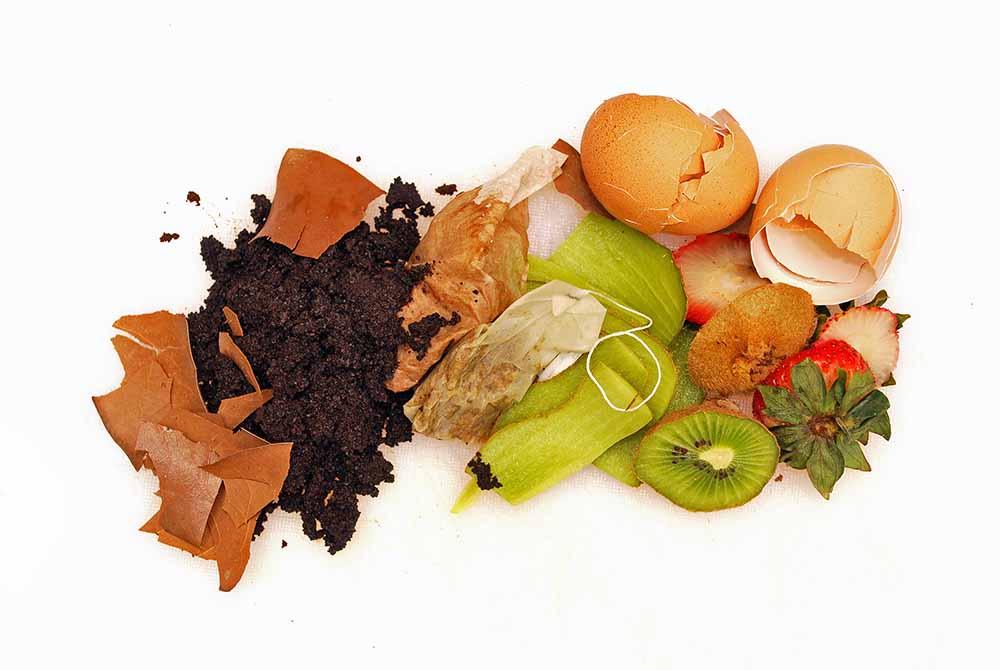Composting is more than just a waste management method. It is a transformative process that turns your kitchen scraps and yard waste into rich, fertile soil! Imagine reducing your trash while simultaneously boosting your garden's health with nutrient-packed compost. Whether you're a seasoned gardener or just getting started, creating your own compost pile or using a composting bin is a simple and rewarding way to recycle organic waste sustainably. This composting day, here's a step-by-step guide to help you embark on this eco-friendly journey and make your garden thrive.
Step 1: Store Wet Waste

Begin by collecting your kitchen scraps, also known as wet waste. This includes fruit and vegetable peels, coffee grounds, eggshells, and other organic material. Use a small container with a lid to store these scraps until you're ready to add them to your compost bin or pile. Keeping the container in your kitchen makes it convenient to deposit waste without frequent trips to your composting site.
Step 2: Add To The Bin

Once you've gathered a sufficient amount of wet waste, add it to your compost bin or designated compost pile. Compost bins can be purchased from the market, or you can make your own using a large container with drainage holes.
Step 3: Add Other Materials

To balance the wet waste, incorporate dry materials such as cocopeat, dry leaves, or sawdust into the compost bin. These materials are high in carbon and help create a balanced compost mixture. The ideal compost pile should have roughly equal parts of green (nitrogen-rich) and brown (carbon-rich) materials.
Step 4: Sprinkle Each Layer With Water

As you build your compost heap, sprinkle each layer lightly with water. The moisture helps break down the organic material - but be careful not to overwater. The compost should be damp, like a wrung-out sponge, rather than soggy.
Step 5: Aerate

Compost needs air to decompose properly. Aerate your compost pile by turning it regularly, using a pitchfork or a compost aerator tool. If you're using a compost bin, ensure it has ventilation holes to allow airflow. Proper aeration prevents the compost from becoming anaerobic and producing unpleasant odours.
Step 6: Cover The Pile
To keep pests and flies away, cover your compost pile with a layer of newspaper or a piece of burlap. This will help maintain moisture levels and deter unwanted visitors. If you're using a compost bin, make sure to close the lid securely after each addition of waste.
Step 7: Leave The Compost Undisturbed

Once your compost pile or bin is set up, leave it undisturbed for about 100 days. During this period, the organic material will break down and transform into rich, fertile compost. You can continue adding waste to the top, but avoid disturbing the lower layers.
Tips for Successful Composting

Location: Choose a shady, well-drained spot for your compost pile or bin. This helps regulate temperature and moisture levels.
Balance: Maintain a good balance of green and brown materials to avoid odour issues and speed up decomposition.
Size: Aim for a compost pile that's at least three feet wide and three feet tall. Smaller piles may not heat up sufficiently to break down the materials effectively.
Patience: Composting is a natural process that takes time. Be patient and let nature do its work.
By following these steps, you'll be on your way to creating your own compost, enriching your garden soil, and reducing your household waste. Happy composting!